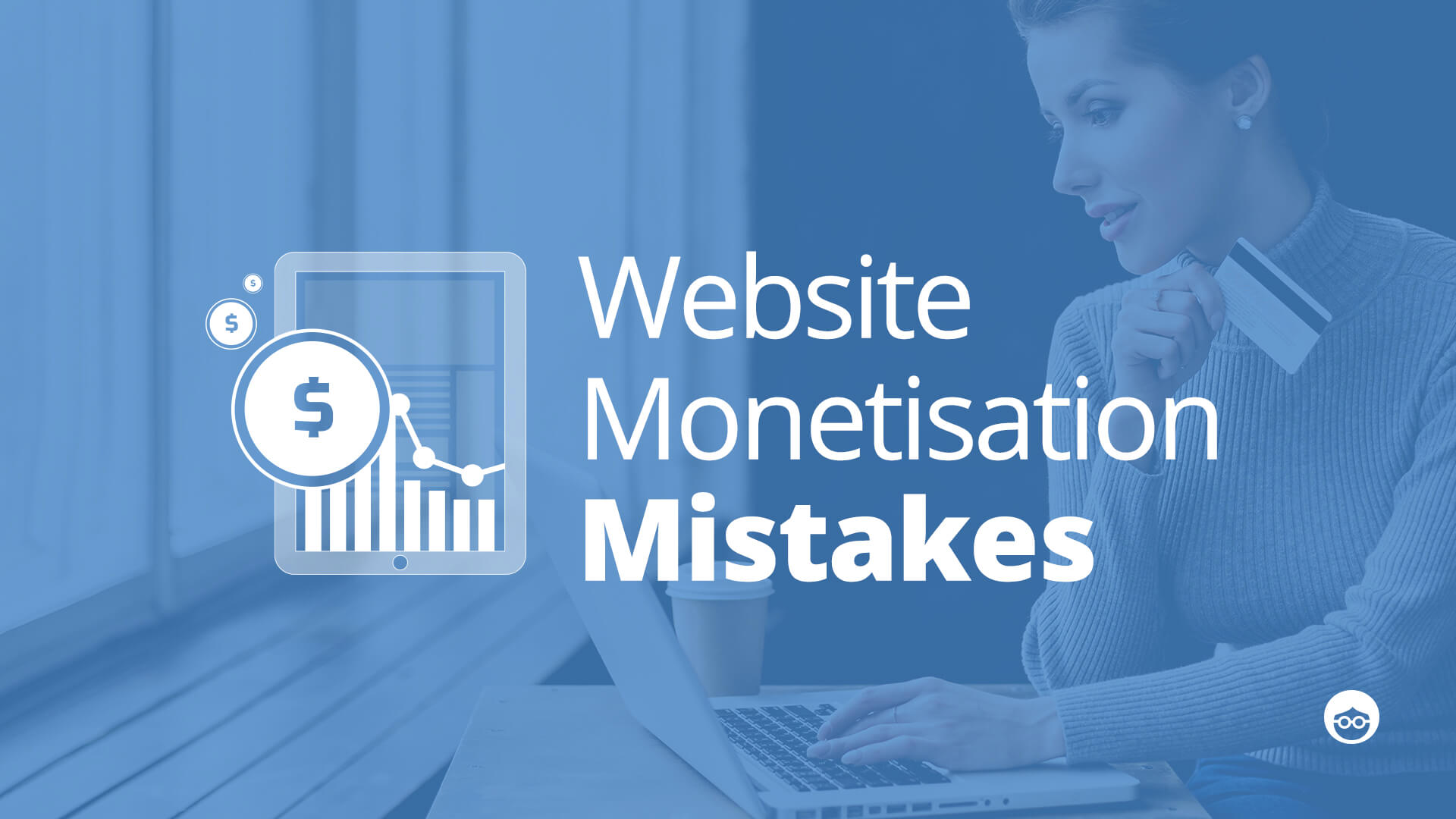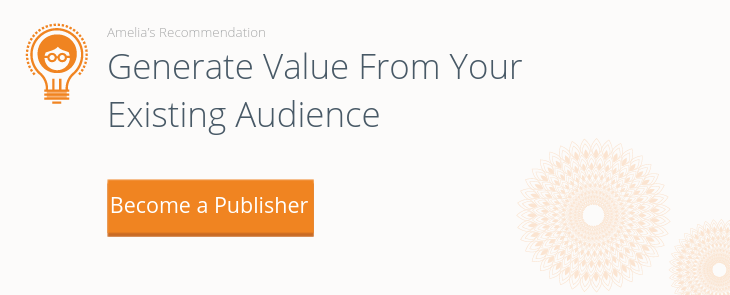Common Website Monetization Mistakes Every Publisher Should Avoid

“If you don’t find a way to make money while you sleep, you will work until you die.” Warren Buffett
As a website owner or publisher, you want your website to make money for you, 24 hours a day – even while you’re sleeping. That’s why many have come to rely on the practice of website monetization.
Today, website monetization involves much more than just display ads. Changing online consumer habits have given way to the advent of new platforms and solutions, making the strategies and process of monetizing a website much more complex than ever before.
In order to help publishers better navigate the world of website monetization, we’ve compiled a list of six common mistakes that can often be made and how to avoid them:
1. Misunderstanding the target audience
In order to successfully monetize, you need to really ‘get’ your target audience. After all, you can’t know what products or deals will interest your audience if you don’t truly know them, or if you think you know them better than you do.
If your monetization tactics aren’t working as well as they should, take a step back and get reacquainted with your website visitors. Delve into your analytics to find out exactly who is visiting your site, and when.
Even asking yourself a few basic questions will help:
- What device are they using?
- Which pages do they visit the most?
- What content on your site is popular?
This data can help you gain a better understanding of the preferences and affinities of your audience. Then you can work on adapting your monetization plan to best suit the profile of the target audience.
2. Poor-quality content
There’s nothing like bad content to drive visitors away from your website and dampen your monetization success.
Your website should provide a great user experience, which heavily relies on quality content. Of course, the nature of the content will depend on the purpose of your site but it will need to reflect the appropriate information and instructions necessary to offer value.
Whether you are an eCommerce site selling a niche product or perhaps run a website for purely entertainment purposes, make sure your content is well-written, valuable, and on point. This will build trust among your target audience.
Every word or image on your website should aim to engage, excite, or assist the visitor in finding what they are looking for.
If concerned your site may be a victim of poor-quality content, step back and take the time to seriously assess what you’re creating. If you find it difficult to be objective about your own website, ask a friend or colleague for honest feedback.
It may be necessary to upgrade your content in order to boost your monetization success.
3. Ad overkill
While ads are a key component of any website monetization plan, you need to consider how many ads you’ll want to run to achieve the right amount of exposure for the best results.
Too few ads and you could miss out on reaching valuable potential visitors. Too many and you might end up with ad fatigue, irritating online audiences and deterring them from visiting your site.
By overexposing the same people to the same message, they may even opt to block all incoming ads. And if your visitor becomes one of the 30% of people using ad blockers, then your future ads will go to complete waste.
This is just one of the reasons why native advertising is a great tactic for website monetization. Native ads are designed to match the look and feel of your site, so they are not intrusive and annoying. Plus, they get higher conversion rates than other forms of online advertising.
4. Ads are all you’ve got
According to common wisdom, the average person is exposed to 4,000 ads a day. Even if the true number is not quite that high, there’s no denying people today are seeing a lot of ads, particularly online.
While not discounting the importance of ads in your website monetization strategy, there are many other ways publishers can make money online. From sponsorships to content recommendations, creating your own digital assets to sell, and more, there’s loads of tactics to expand your monetization horizons.
5. Ads that don’t stand out
We’ve already discussed the importance of showcasing the right amount of ads on your site. And we know the non-disruptive nature of native advertising drives better results.
Having said that, if you’re going to monetize your site with ads, make sure the audience can actually see them. Don’t be shy — ads that are not noticeable won’t be effective.
Instead, ads should be designed to attract attention and drive the viewer to the CTA. There are many ways to do this. For example, an ad that uses similar colors to your website may blend in too much.
A simple fix would be to use a contrasting color for the CTA, drawing attention to the eye. Check out some more best practices for ad images and headlines gleaned from the Outbrain network.
6. Not leveraging your customer data
If you are gathering customer data such as through sign-ins or subscriber lists, you can maximize your monetization strategy by using the data in new and different ways.
For instance, you could create an email list of visitors who previously visited your site and send seasonal promotions.
If you want to leverage the data of your website visitors, there are two main steps:
First, take a look at what data you are collecting, how are you collecting it, and then whether you’ll be able to activate it. Second, brainstorm creative ways you can use the actionable data you’ve collected to create more monetization opportunities.
This is not just relevant for websites with very high traffic, or ‘big data’ owners, as even smaller websites can use visitor data to boost website income.
One stop website monetization
Another option for website owners is Outbrain’s Engage publisher solution, which covers many of the bases required for successful monetization.
- Native ads: Non-intrusive ads that naturally achieve higher conversion rates.
- Various ad types: Including in-stream, interstitial, pop up, organic and third party.
- Organic discovery: Recommend pages on your own website to boost traffic.
- Smart Feed: An infinite stream of content matched to the interests of the target audience.
- Real-time reporting: Advanced dashboard shows the ROI of all traffic referral sources and which content drives the highest yield.
To find out more about Outbrain for publishers, click here.
Advertising on the internet is not what it used to be. Display ads are no longer king (native ads having surpassed display in overall spend last year) and more people than ever are suffering from ‘ad fatigue.’
Every publisher should be looking for new ways to expand their monetization activities, creating new revenue streams that will help them sleep soundly at night while the ad revenue rolls in.














